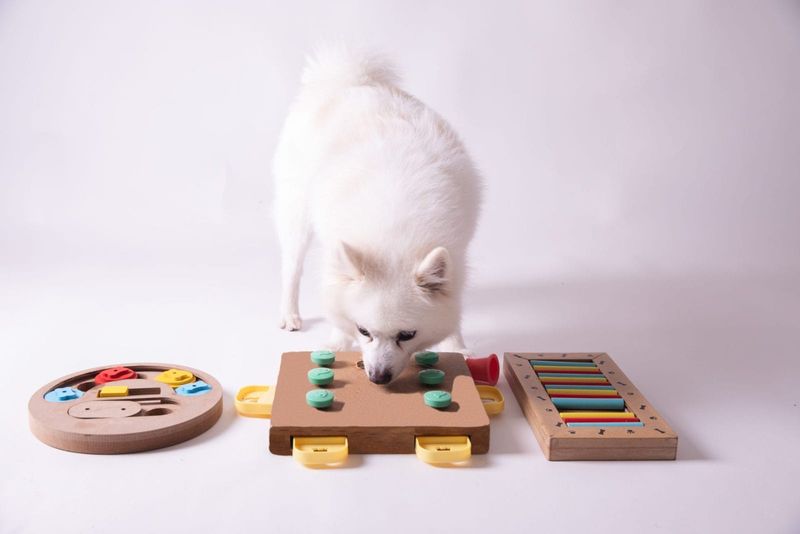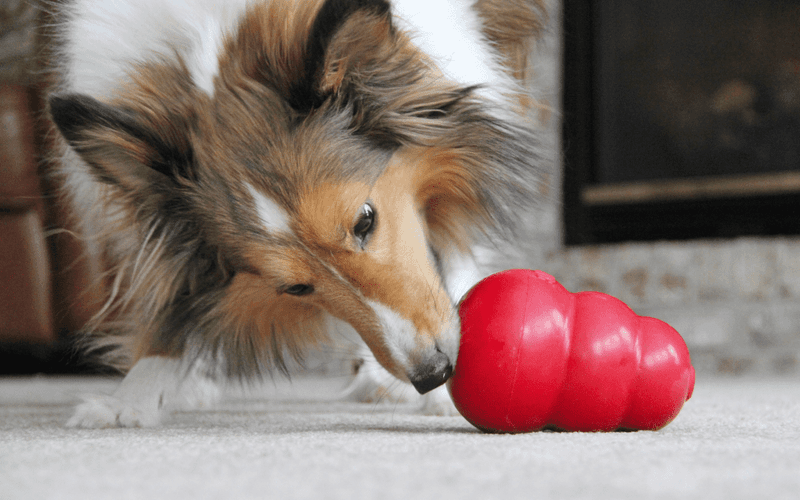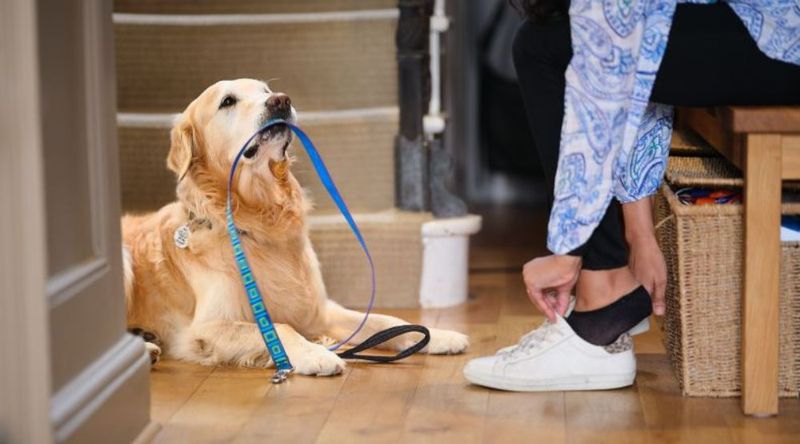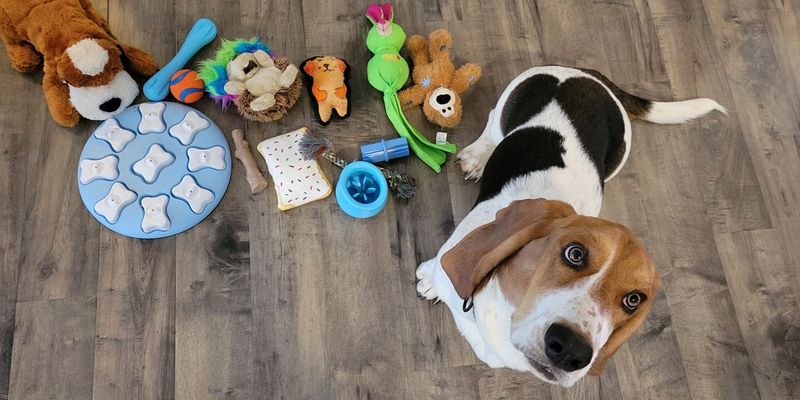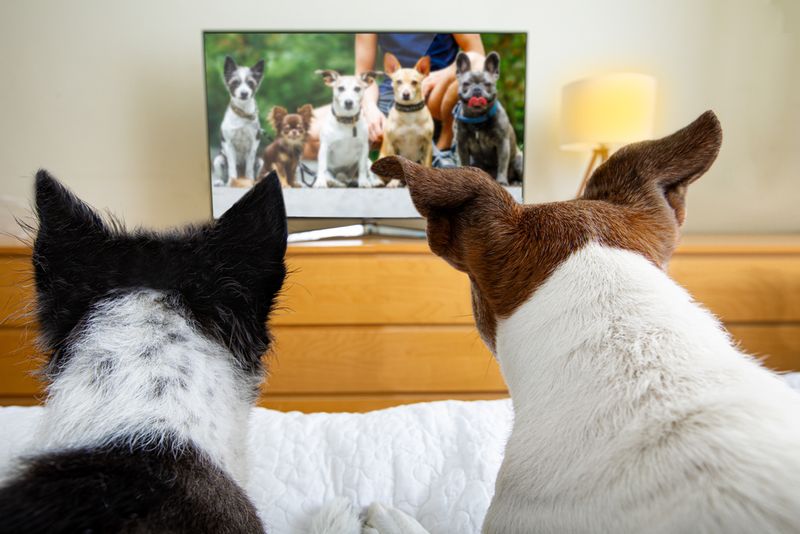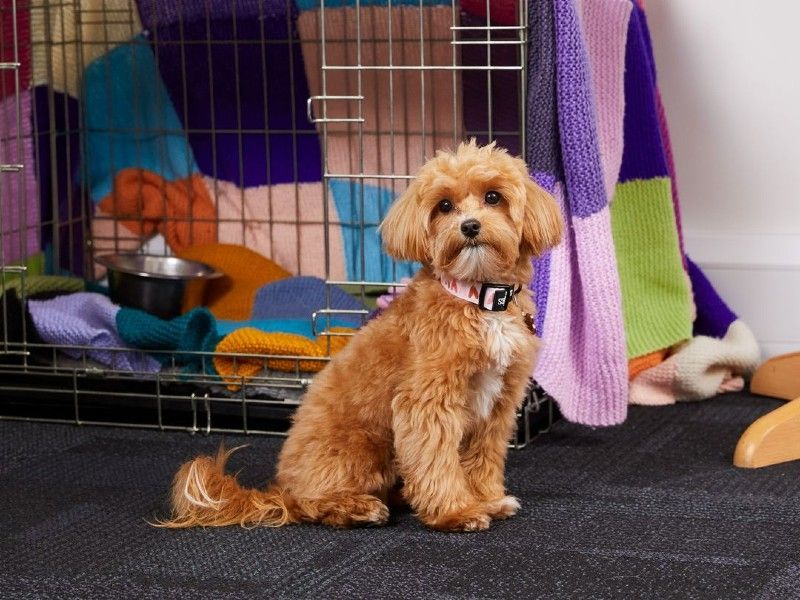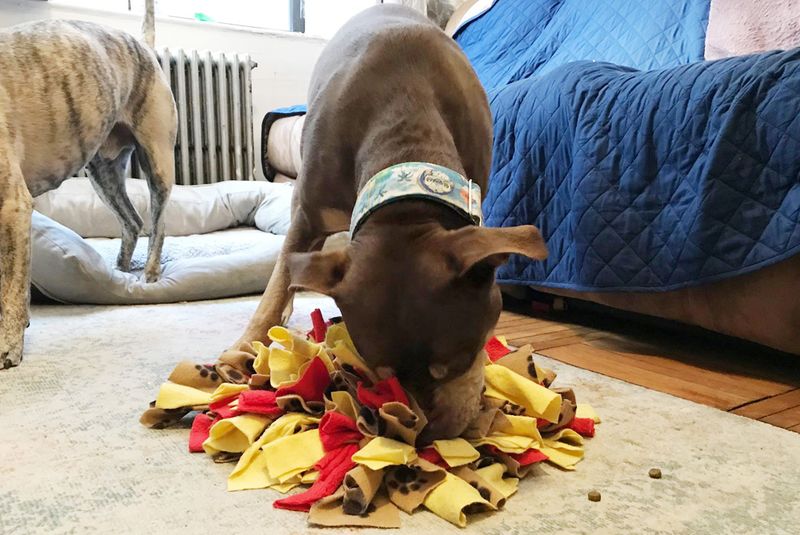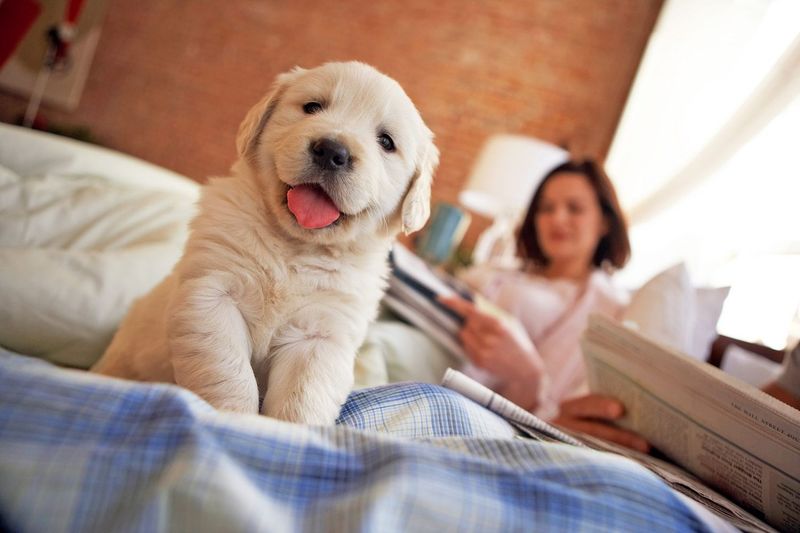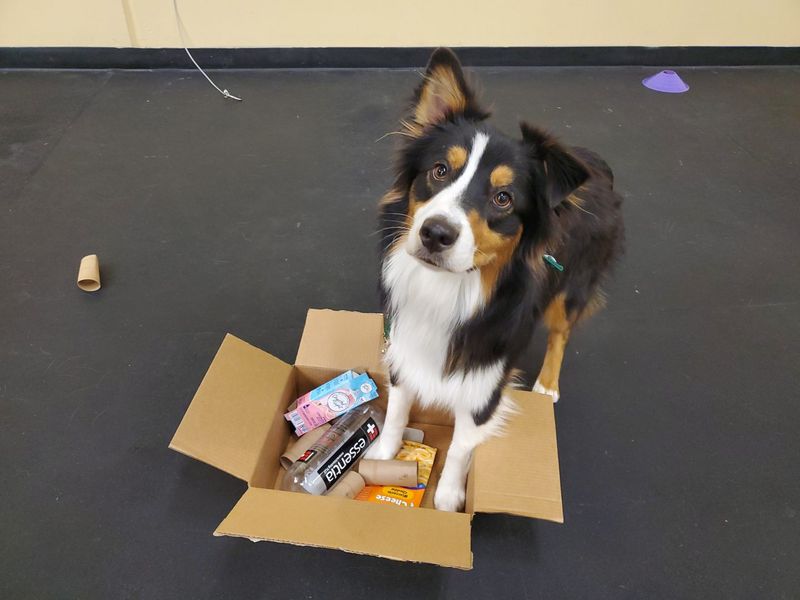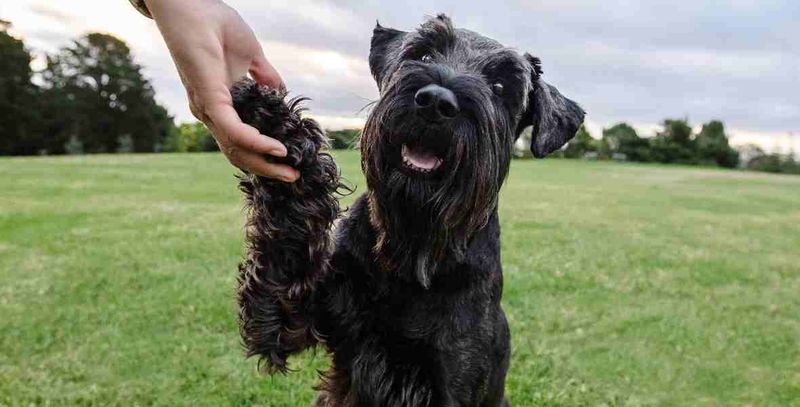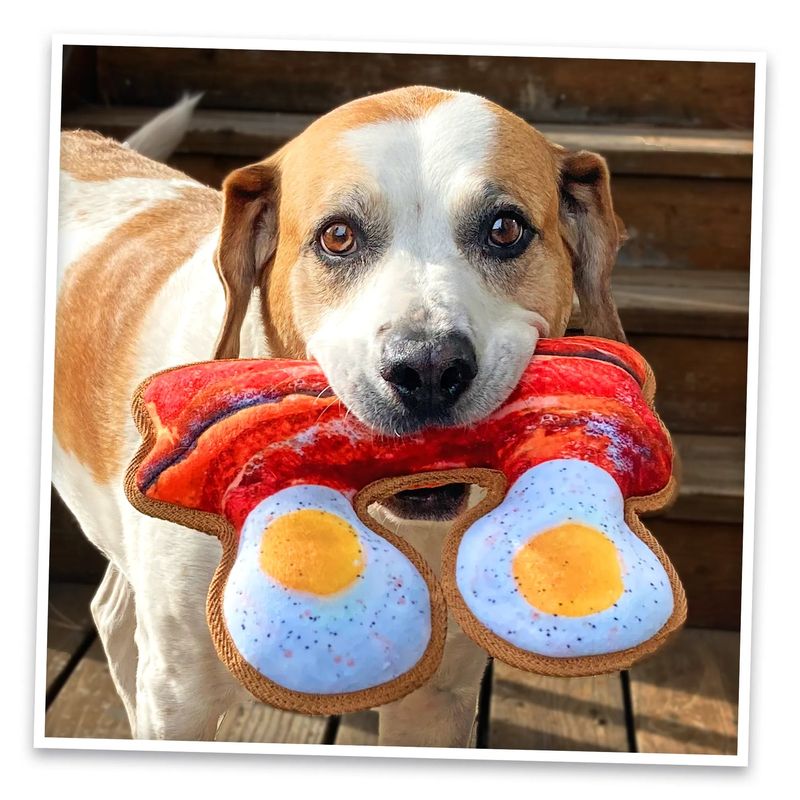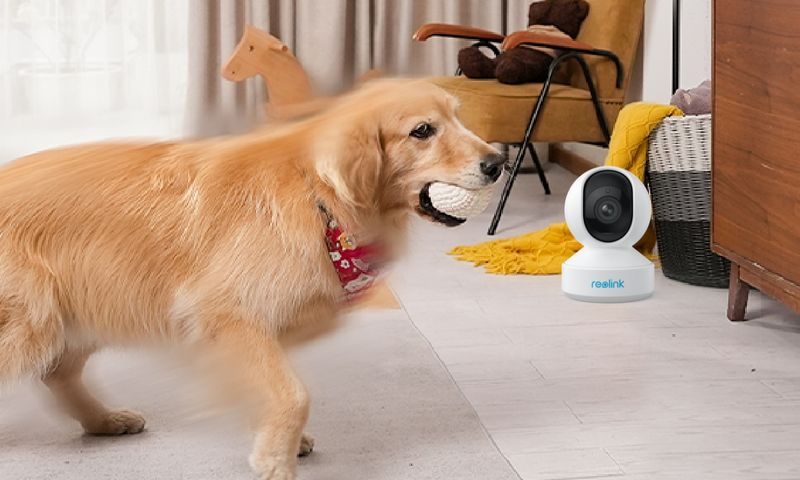12 Genius Ways to Keep Your Puppy Busy While You Work from Home
Working from home with a new puppy can feel like juggling two full-time jobs. One moment you’re deep in a spreadsheet, and the next, your little furball is gnawing on your laptop cord or whining for the fifth walk of the morning. As adorable as they are, puppies need constant stimulation and attention—and that can make it tough to get anything done.
But keeping your pup entertained isn’t just about preserving your sanity (or your slippers). It’s crucial for their mental development, emotional well-being, and to prevent boredom-induced mischief like chewing, digging, or barking fits. Puppies left to their own devices can quickly turn a peaceful home office into a scene of chaos.
The good news? You don’t need to choose between being a good dog parent and a productive employee. With a little planning and a few smart strategies, you can keep your puppy happily engaged while you power through your to-do list. From brain-boosting toys to calming routines, these tips are designed to make your workday smoother—and your puppy’s day a whole lot more fun.
1. Interactive Puzzle Toys
Puzzle toys transform treat time into brain time for curious pups. These clever contraptions hide treats inside compartments that your puppy must figure out how to open, keeping them mentally stimulated for extended periods.
The beauty of puzzle toys is how they grow with your dog. Start with simpler designs for young puppies, then graduate to more complex puzzles as they develop problem-solving skills. Many pet parents report their dogs spending 30+ minutes fully absorbed in a good puzzle.
For best results, rotate between different puzzle styles to prevent your smart pup from getting bored once they master a particular design.
2. Frozen Kong Stuffed with Treats
Kong toys aren’t just rubber objects—they’re magical time-stretchers for busy pet parents. Stuffing one with a mixture of kibble, peanut butter, and wet food, then freezing it creates an irresistible challenge that can occupy your puppy for an hour or more.
The frozen texture makes the treats harder to extract, turning snack time into a rewarding project. Your pup will lick, chew, and problem-solve their way through this tasty puzzle while you power through your work meetings.
Pro tip: Prepare several stuffed Kongs on Sunday evening for a week’s worth of puppy entertainment ready to grab from the freezer.
3. Morning Exercise Session
A tired puppy is a well-behaved puppy! Starting your day with a vigorous 20-30 minute play session burns energy that would otherwise fuel mischief during your work hours. Fetch, tug-of-war, or a brisk walk gets their blood pumping and satisfies their exercise needs.
Morning activity also establishes a healthy routine that puppies crave. After proper exercise, most puppies naturally settle into a mid-morning nap, giving you several hours of uninterrupted work time.
Remember that young puppies have short bursts of energy—they don’t need marathon sessions, just consistent, daily activity that challenges both body and mind.
4. Rotating Toy Collection
Puppies are like toddlers—they quickly lose interest in toys they see every day. Creating a rotation system with 3-4 different toy sets keeps everything fresh and exciting, making old toys feel new again when reintroduced.
Store each set in separate containers and swap them every few days. Your puppy will greet the “new” toys with renewed enthusiasm, buying you precious work time as they explore forgotten treasures.
The secret to successful toy rotation is variety: include different textures (plush, rubber, rope), sounds (squeakers, crinkle), and purposes (chew toys, fetch toys) in each set to engage all your puppy’s senses.
5. Dog TV or Calming Music
Your television can become an unexpected puppy-sitter during work hours. Specialized canine programming like DogTV features moving images and sounds specifically designed to capture and maintain your puppy’s attention.
Alternatively, playing classical music or specially composed pet relaxation soundtracks creates a soothing atmosphere that encourages calm behavior. Studies show that certain music frequencies actually reduce anxiety in dogs, helping them settle down more easily.
Many puppies respond best to nature sounds mixed with soft instrumental music. Experiment with different audio options to discover what keeps your particular pup most relaxed while you tackle your work tasks.
6. Set Up a “Puppy Den”
Creating a special puppy zone near your workspace combines supervision with independence. Use a playpen or baby gates to create a safe area with comfortable bedding, water, toys, and perhaps a pee pad for young puppies still mastering housetraining.
This designated space helps your puppy understand boundaries while preventing them from disappearing to cause trouble elsewhere in the house. The proximity allows you to quickly redirect inappropriate behavior without constantly interrupting your workflow.
Gradually increase the time your puppy spends in their den, rewarding calm behavior with treats and praise. Soon they’ll view this space as their special retreat rather than confinement.
7. DIY Scent Games
Harnessing your puppy’s powerful nose creates mentally exhausting entertainment that requires minimal effort from you. Hide small treats throughout a room or in a snuffle mat (a fabric mat with flaps and pockets) and watch as your puppy uses their natural foraging instincts to hunt for treasures.
The mental stimulation from scent work is remarkably effective at tiring puppies out. Five minutes of nose work can be as fatiguing as 30 minutes of physical play for many dogs.
Start with easy hiding spots in plain sight, then gradually increase difficulty as your puppy masters the game. The concentration required for scent work often leads to a satisfied, sleepy pup afterward.
8. Establish a Routine
Puppies thrive on predictability. Creating a consistent daily schedule signals to your puppy when it’s play time versus quiet time, reducing anxiety and behavior problems during your work hours.
Map out specific times for meals, potty breaks, play sessions, and enforced nap times. Many puppies naturally settle into a rhythm of one hour awake followed by two hours of napping, which aligns perfectly with work productivity cycles.
Visual cues help reinforce routine—try using a special mat or bed that signals “settle time” or playing specific music that your puppy learns to associate with quiet hours. Within weeks, your puppy will anticipate the schedule, making your workday smoother.
9. “Busy Box” Challenges
Busy boxes take DIY enrichment to the next level by combining household items into puppy-safe activity centers. Fill a cardboard box with crumpled paper, tennis balls, and hidden treats to create an engaging treasure hunt that keeps curious pups occupied.
For added complexity, nest smaller boxes inside larger ones with treats hidden between layers. The rustling sounds and different textures appeal to your puppy’s natural instinct to investigate and forage.
Rotate different fillings to maintain interest—try paper towel tubes stuffed with treats, old t-shirts tied in knots, or plastic bottles (caps removed) with kibble inside. Just be sure to supervise until you’re confident in your puppy’s chewing habits.
10. Teach New Tricks
Short training sessions scattered throughout your workday serve double duty: they mentally tire your puppy while building essential life skills. Puppies can learn basic commands in 5-minute bursts, making training the perfect between-meetings activity.
Focus on one skill at a time—sit, stay, paw, or come—using positive reinforcement with treats and praise. The mental concentration required for learning quickly depletes a puppy’s energy reserves, often resulting in a well-earned nap afterward.
Keep a jar of small training treats by your desk for impromptu lessons when your puppy seems restless. Consistent mini-sessions yield better results than occasional long training periods and help maintain your work momentum.
11. Chew Toys and Bones
Puppies have a biological need to chew, especially during teething. Providing appropriate chew toys isn’t just about saving your furniture—it’s essential enrichment that reduces stress and provides hours of focused activity.
Natural options like bully sticks, cow ears, or specialized dental chews offer longer-lasting entertainment than standard toys. Many puppies will contentedly work on a good chew for 30-45 minutes, giving you valuable uninterrupted work time.
Safety first: always supervise chewing sessions initially and choose size-appropriate items. The perfect chew should be hard enough to last but not so hard it could damage developing teeth.
12. Puppy Cam for Peace of Mind
Setting up a simple camera to monitor your puppy while you work in another room provides surprising benefits beyond surveillance. Many puppies actually behave better when they can see and hear you through video chat, even if you’re physically separated.
Two-way audio features let you offer reassuring words or redirect unwanted behavior without leaving your desk. Some pet parents report their puppies respond to virtual check-ins almost as well as physical ones.
Modern pet cameras even include treat dispensers you can trigger remotely, turning check-ins into positive experiences. This technology helps build independence while maintaining connection—essential skills for a well-adjusted adult dog.

